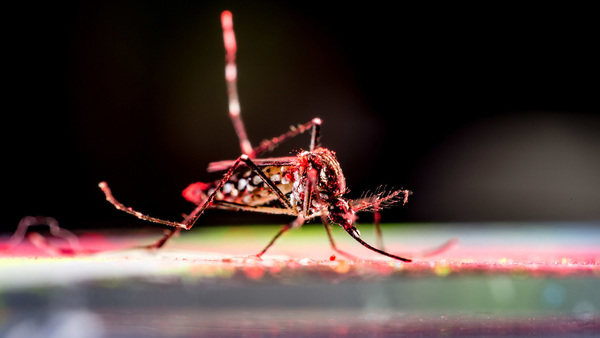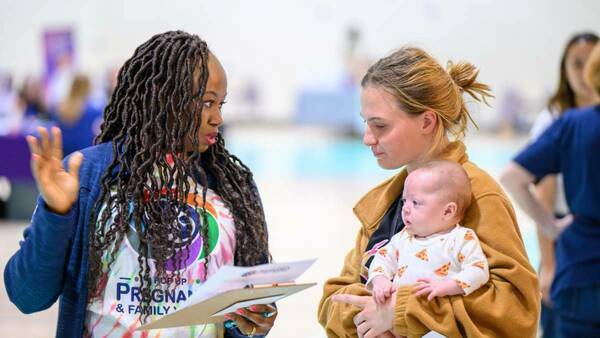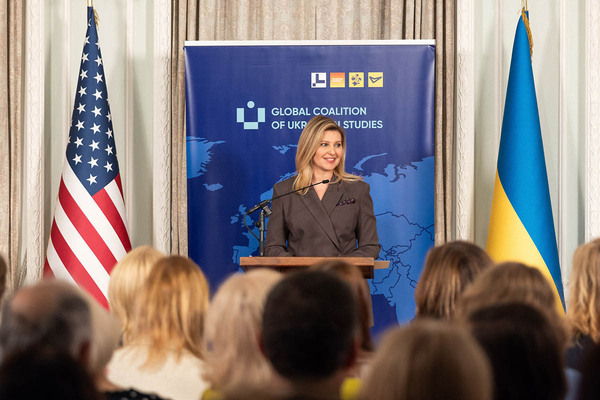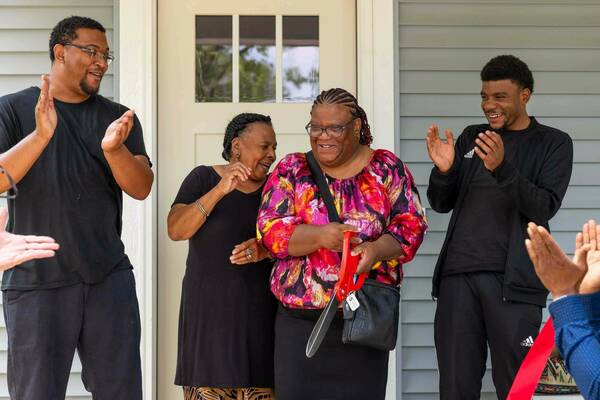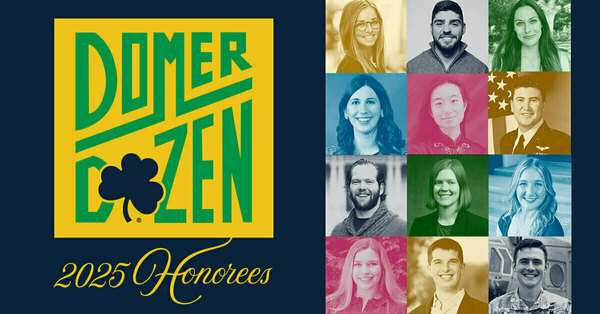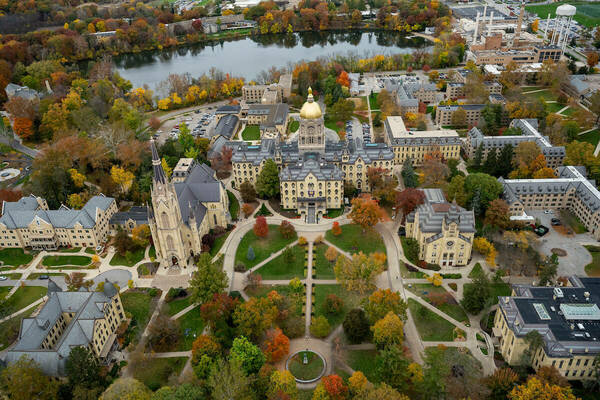Researchers deconstruct chikungunya outbreaks to improve prediction and vaccine development
The symptoms come on quickly — acute fever, followed by debilitating joint pain that can last for months. Though rarely fatal, the chikungunya virus, a mosquito-borne illness, can be particularly severe for high-risk individuals, including newborns and older adults.
While the virus is common in tropical and subtropical regions, including Asia, Africa and South America, public health officials have been tracking reported infections in Europe and, in September, a confirmed case in Long Island, New York.
Outbreaks of chikungunya have prompted the Centers for Disease Control to issue health notices to travelers bound for Bangladesh; Cuba; Guangdong Province, China; Kenya; Madagascar; Somalia; and Sri Lanka.
In Guangdong Province, an “unprecedented” outbreak recently prompted government officials in China to mandate quarantines for anyone suspected of being infected by the virus, spraying individuals with mosquito repellent and spraying impacted buildings and other areas with insecticide.
In a new study, published in Science Advances, researchers at the University of Notre Dame analyzed more than 80 outbreaks of chikungunya virus to improve prediction of future outbreaks and inform vaccine trial development.

“Chikungunya outbreaks are unpredictable in both size and severity,” said Alex Perkins, the Ann and Daniel Monahan Collegiate Professor of infectious disease epidemiology in the Department of Biological Sciences, and co-author of the study. “You can have one outbreak that infects just a few people, and another in a similar setting that infects tens of thousands. That unpredictability is what makes public health planning — and vaccine development — so difficult.”
For the study, Alexander Meyer, a postdoctoral researcher in Perkins’ lab and lead author of the study, and a team of researchers reconstructed and analyzed 86 chikungunya outbreaks, creating the largest comparative dataset of its kind.
“Instead of looking at outbreaks in isolation, looking at many, all of which varied in size and severity, allowed us to search for patterns among them,” Meyer said.
Chikungunya was first identified in the 1950s. Outbreaks have become increasingly frequent and widespread, but they’re also sporadic and difficult to predict, posing a challenge to public health officials when it comes to planning for and preventing infections.
Changes in outbreaks of chikungunya, transmitted by bites from infected mosquitoes — Aedes aegypti or Aedes albopictus are the primary vectors — and other mosquito-borne illnesses are often considered in relation to climate change, as warmer, more humid conditions can promote mosquito activity.
But Perkins said this study showed that climate isn’t necessarily the most important factor when trying to predict the severity of an outbreak of disease caused by a virus like chikungunya.
“Climate factors like temperature and rainfall can tell us where outbreaks are possible, but this study shows that they don’t help very much in predicting how severe they will be,” he said. “Local conditions matter — things like housing quality, mosquito density and how communities respond. Some variation is simply due to chance. That randomness is part of the story, too.”
Currently, only two vaccines for chikungunya have received regulatory approval — but they are not widely available in regions where the virus is most common.
That is why having such a large, comprehensive dataset is so helpful when it comes to vaccine development, Perkins said.
To test for efficacy, vaccine makers need accurate predictions of where an outbreak might occur before it happens, to conduct trials and monitor whether candidate vaccines are effective.
The study demonstrates how a more comprehensive analysis of past outbreaks can help public health officials prepare for future outbreaks, thereby protecting vulnerable populations and aiding vaccine development.
Additional co-authors include Kathryn B. Anderson at the State University of New York, Natalie Dean at Emory University, and Sandra Mendoza Guerrero and Steven T. Stoddard at Bavarian Nordic Inc., which provided funding for the study. This work was additionally supported by the Office of the Assistant Secretary of Defense for Health Affairs.
Contact: Jessica Sieff, associate director of media relations, 574-631-3933 or jsieff@nd.edu
Latest ND NewsWire
- Eck Institute investigator to strengthen postpartum care for Indiana mothersYenupini Joyce Adams, associate professor of the practice and maternal health lead for the Eck Institute for Global Health at the University of Notre Dame, is partnering with Beacon Health System to pilot a new, first-of-its-kind postpartum care model in the South Bend-Elkhart community.
- Gen. Martin Dempsey to speak at Notre Dame Forum event on ‘Hope, Global Stability and the Role of the United States’Gen. Martin Dempsey, the retired 18th chairman of the Joint Chiefs of Staff, will join University President Rev. Robert A. Dowd, C.S.C., for a fireside chat at 4 p.m. Friday (Oct. 10), as part of the 2025-26 Notre Dame Forum. The discussion, titled “Hope, Global Stability and the Role of the United States,” is part of the exploration of this year’s Notre Dame Forum theme, “Cultivating Hope.” It will take place in Rooms 215/216 of McKenna Hall and will also be livestreamed. The event is free and open to the public.
- University of Notre Dame joins the Global Coalition of Ukrainian StudiesThe University of Notre Dame has joined the Global Coalition of Ukrainian Studies after signing a memorandum of cooperation, formalized Sept. 24, at the Ukrainian Institute of America in New York City. Notre Dame joined four other American institutions that were also publicly welcomed to the coalition at this event: Arizona State University, Columbia University, Manor College and the Shevchenko Scientific Society.
- One year later, Inauguration Build a ‘dream come true’ for Habitat familiesOne year later, work on Inauguration Build 2024 is complete, offering shelter and so much more to five local families.
- Alumni Association and YoungND honor 2025 Domer DozenThe Notre Dame Alumni Association announced its 2025 Domer Dozen cohort, honoring 12 graduates ages 32 and younger for excellence in their contributions in learning, service, faith and work — the core pillars of the association’s mission.
- Faculty receive prestigious early career awards from National Science FoundationDuring the 2024-25 academic year, four researchers in the University of Notre Dame’s Colleges of Engineering and Science received early-career awards from the National Science Foundation.



